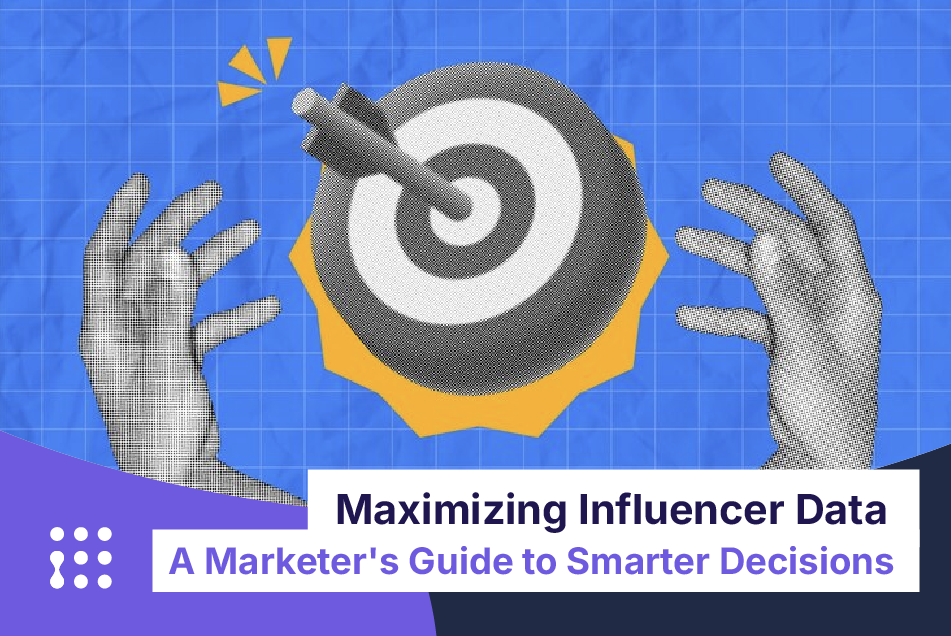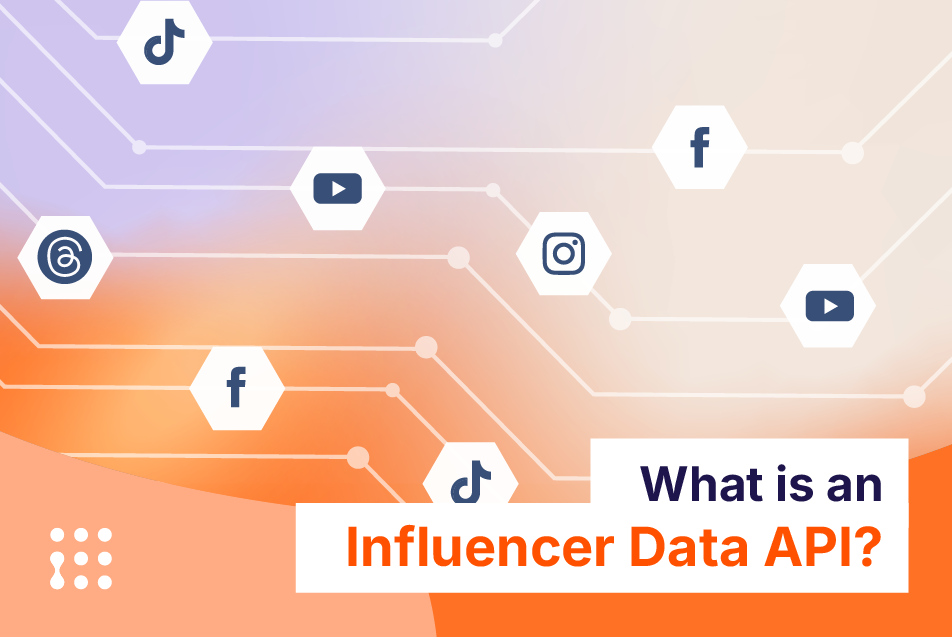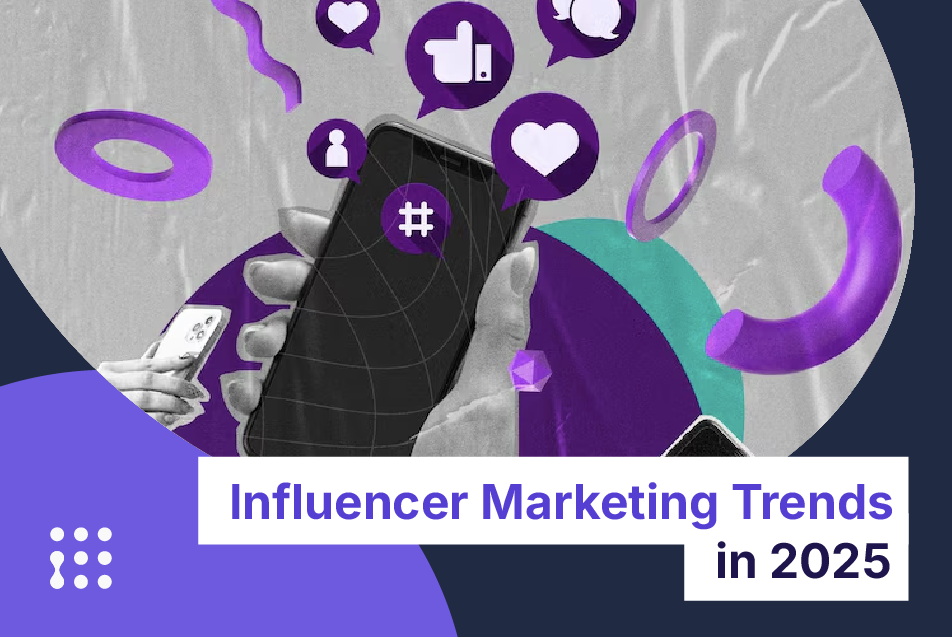Influencers have gained power and fame because of the rise of social media. These individuals have millions of followers, and with their massive audiences, they can make or break brands, quickly turning an unknown brand into a viral sensation. However, as the influencer industry has grown, so have concerns about the credibility of the reviews and recommendations they give.
Recently, a new trend has emerged on TikTok: “de-influencing.” The trend encourages people to think critically about the products that influencers promote and to be more mindful of their purchasing decisions.
In this blog post, we will delve deeper into the de-influencing trend, examining what it is, why it’s important, and how it’s changing the way we approach social media.
What is de-influencing?
As the word indicates, de-influencing is a new trend on TikTok that encourages viewers not to purchase or use certain products, often as a way to combat overconsumption and challenge the credibility of influencers.
This trend has gained popularity on TikTok, where videos with the #deinfluencing hashtag have garnered millions of views.
While some people in the industry may find this trend concerning, it reflects a desire for authenticity in a world of curated content and allows for a broader range of voices to be heard on social media. Ultimately, the de-influencing movement helps people, particularly Gen Z, to question who to trust and make more informed purchasing decisions.
Why is de-influencing trending now?
According to TODAY, de-influencing is currently on the rise on TikTok for several reasons:
1. Influencer controversies
Recent controversies involving influencers have led to increased scrutiny of their credibility. For example, TikToker Mikayla Nogueira was accused of wearing fake eyelashes in a video for a L’Oréal brand deal, causing people to question the trustworthiness of influencers.
2. Desire for authenticity
The trend also reflects a growing desire for authenticity and relatability on social media. People are starting to crave content that feels more real and attainable, rather than the lavish and unattainable lifestyle often portrayed by influencers.
3. Response to #TikTokMadeMeBuyIt
The de-influencing trend is a direct response to the #TikTokMadeMeBuyIt trend, where content creators would promote products that viewers would then purchase. Many people are now pushing back against this trend and urging others to think more critically about their purchasing decisions.
Click here to learn what is #TikTokMadeMeBuyIt
4. Economy and functional purchases
Lastly, the current state of the economy may be a factor in the rise of de-influencing. As people become more mindful of spending, they shift from aspirational and expensive purchases to more functional and affordable ones.
De-influencing is still influencing
Although the “de-influencing” trend is gaining traction on social media, some experts argue that “de-influencing” is another form of influencing, as influencers still offer alternatives to the products they advise their followers to avoid.
Some influencers may promote products purely for income or connecting with sponsors, many genuinely enjoy the products they recommend, and the popularity of certain products often stems from authentic enthusiasm.
In short, while “de-influencing” is a fun trend, it is unlikely to spell the end of the influencer industry.
Will de-influencing affect brands and the influencer economy?
With a rising social media trend like de-influencing on TikTok, it’s still uncertain whether it will affect the influencer economy, which has grown from $1.7 billion in 2016 to $14.6 billion in 2022.
But still, brands are now becoming more considerate about whom they hire to promote their products and are assessing the risk of sending products to de-influencers who might negatively review them.
As a consequence, influencers may turn down brand deals that don’t align with their interests. Influencers may also need to adapt by showing a deeper look into their passions and interests beyond just selling and promoting products.
Some content creators are already exploring other creative outlets, such as in-person collaborations and shoots with brands, to prepare for potential changes in the industry. We may also see more diversity and unfiltered moments in social media feeds. After all, the future of influencers will depend on their ability to adapt and provide value to their followers beyond just promoting products.





